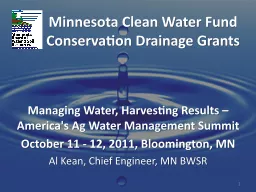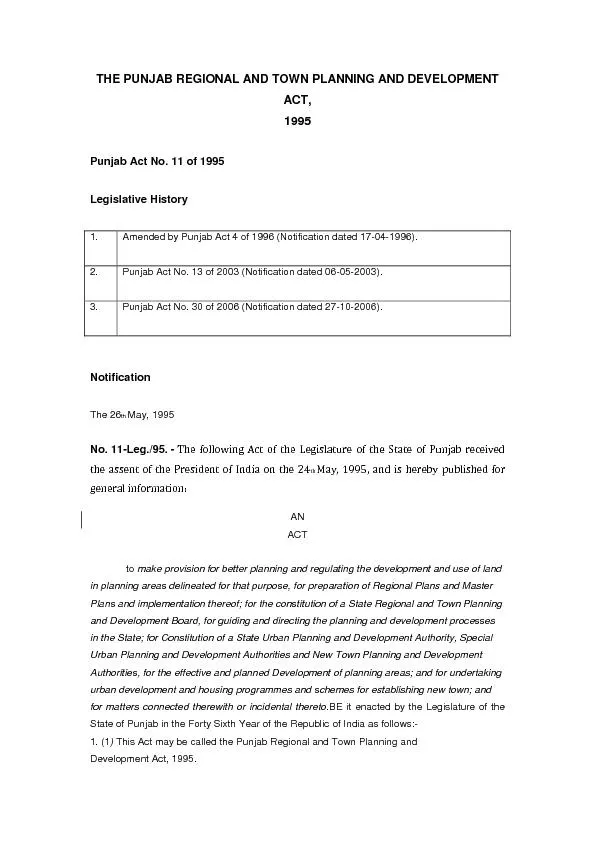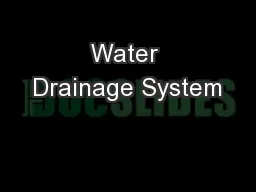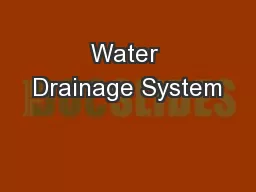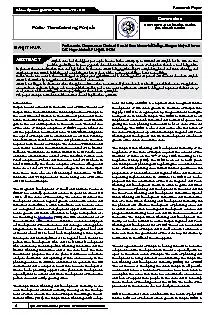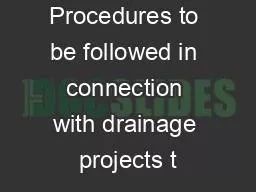PPT-1 Drainage Projects in Punjab
Author : sherrill-nordquist | Published Date : 2018-01-06
Pakistan has a large irrigated agriculture area totaling 136 million hectares 345 million acres The agriculture in P akistan was based on rainfall only to the
Presentation Embed Code
Download Presentation
Download Presentation The PPT/PDF document "1 Drainage Projects in Punjab" is the property of its rightful owner. Permission is granted to download and print the materials on this website for personal, non-commercial use only, and to display it on your personal computer provided you do not modify the materials and that you retain all copyright notices contained in the materials. By downloading content from our website, you accept the terms of this agreement.
1 Drainage Projects in Punjab: Transcript
Download Rules Of Document
"1 Drainage Projects in Punjab"The content belongs to its owner. You may download and print it for personal use, without modification, and keep all copyright notices. By downloading, you agree to these terms.
Related Documents




